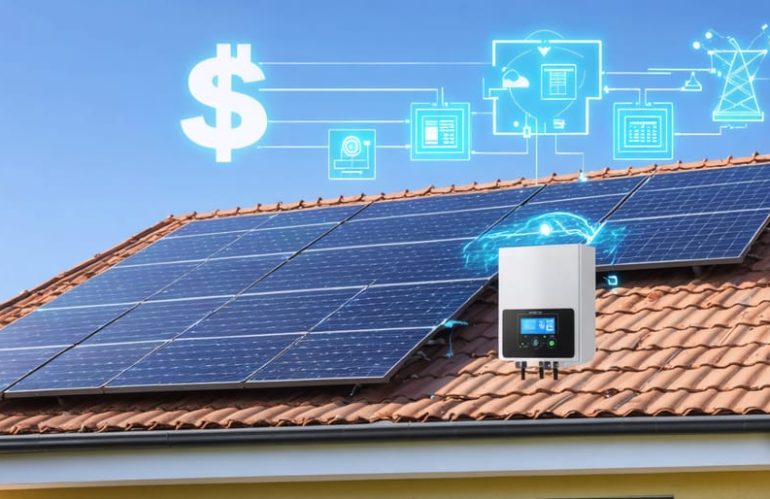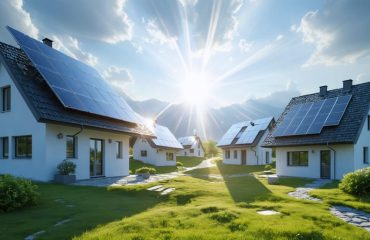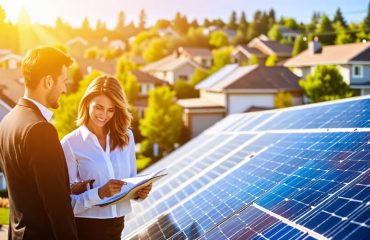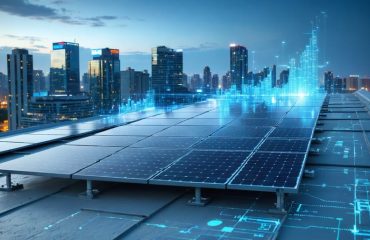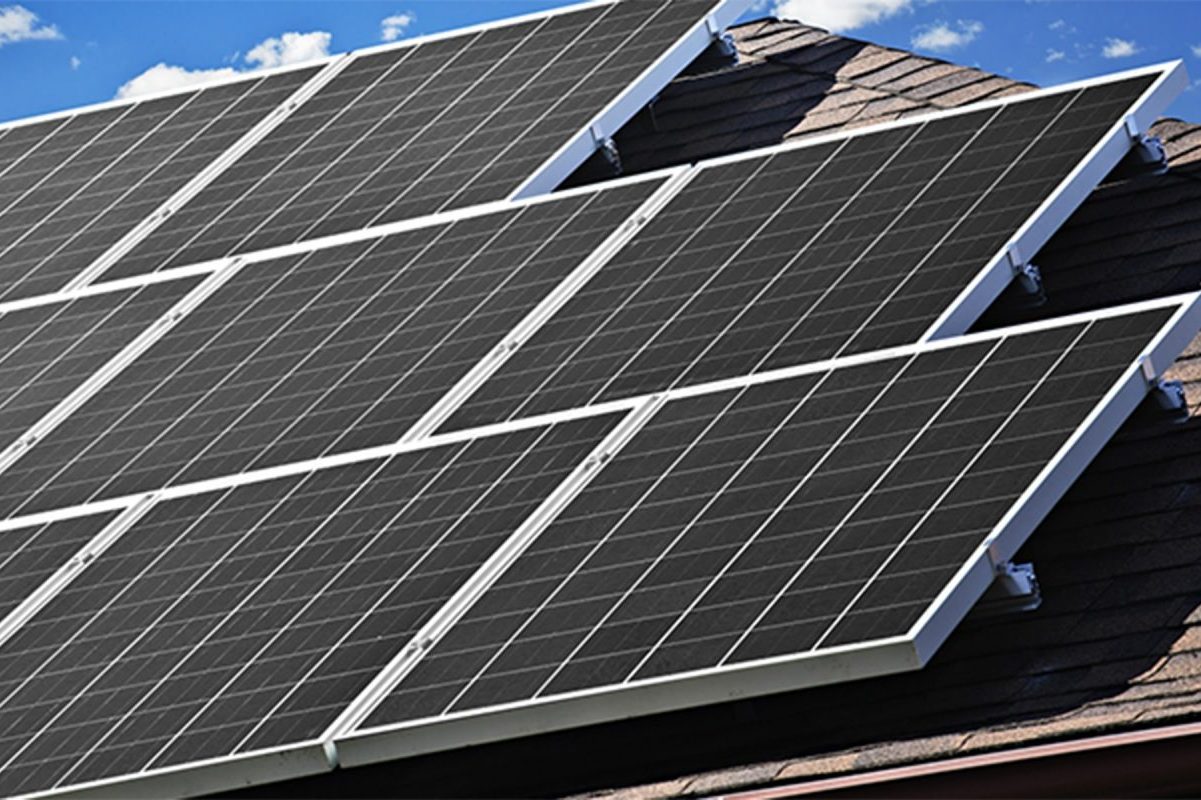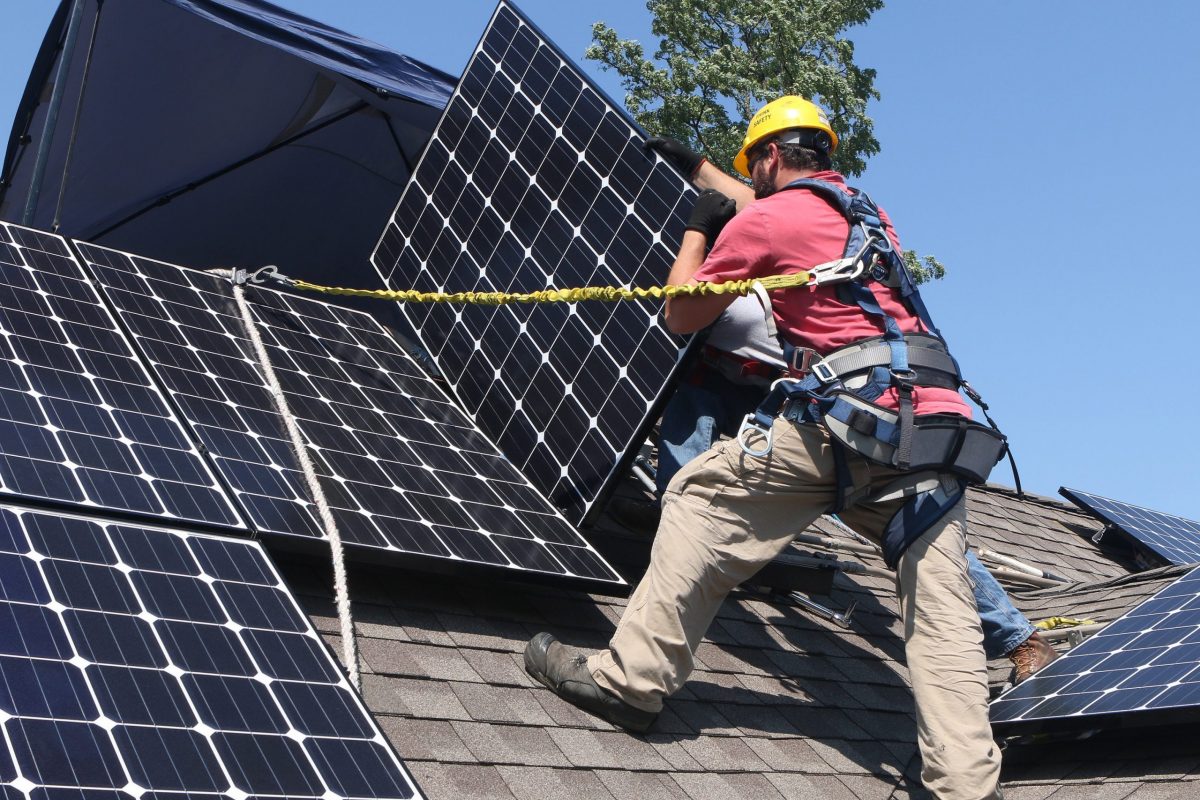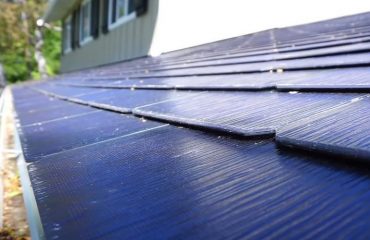Residential solar inverters serve as the beating heart of your home’s solar power system, converting DC power from your panels into usable AC electricity that can transform your solar panel system into a money-saving powerhouse. As energy costs continue to rise, choosing the right inverter has become crucial for maximizing your solar investment and ensuring optimal system performance. Modern inverters do more than just convert power—they provide real-time monitoring, optimize panel output, and integrate seamlessly with home energy management systems. Whether you’re considering string inverters for their cost-effectiveness, microinverters for their panel-level optimization, or hybrid inverters for battery storage compatibility, understanding these options is essential for making an informed decision that aligns with your energy goals and budget. Recent advances in inverter technology have made these devices more efficient, reliable, and user-friendly than ever before, offering homeowners unprecedented control over their energy production and consumption.
How Solar Inverters Power Your Home
DC to AC Conversion: The Heart of Your Solar System
Solar panels generate DC (Direct Current) power, but your home runs on AC (Alternating Current) power – this is where your inverter plays its crucial role. Think of it as a translator, converting the solar energy your panels collect into the type of electricity your appliances can use.
The conversion process happens in a few simple steps. First, the inverter receives DC electricity from your solar panels. Then, it uses advanced electronic components to transform this steady DC flow into a wave-like AC pattern that matches your home’s electrical system (120V at 60Hz in the US). This process happens instantly and continuously throughout the day, ensuring you have a steady supply of usable power.
Modern inverters are incredibly efficient, converting about 95-98% of the DC power into AC electricity. They work silently in the background, automatically managing the power flow and ensuring your home receives clean, stable electricity. Some even come with smart features that let you monitor your system’s performance through your phone, helping you track your energy production and savings in real-time.
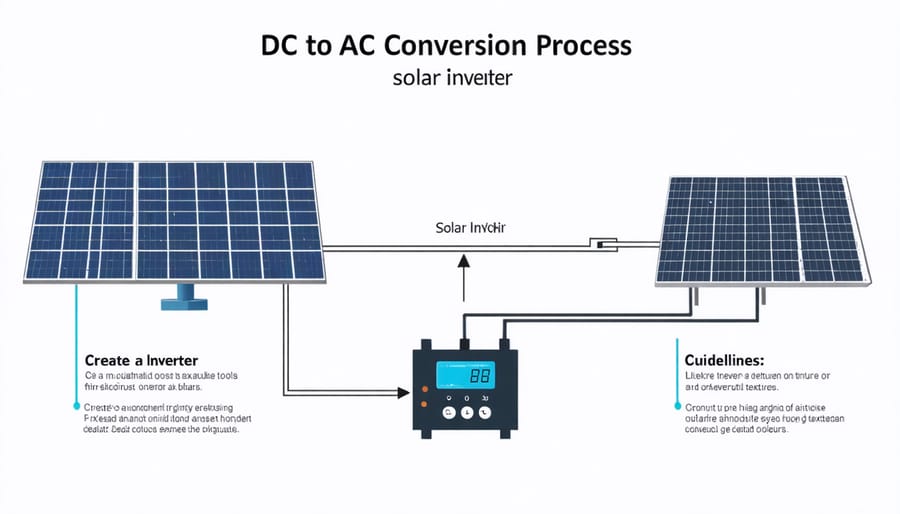
Why Your Inverter Choice Matters
Your solar inverter serves as the heart of your home’s solar power system, making choosing the right inverter crucial for maximizing your investment. A well-matched inverter can significantly boost your system’s efficiency, potentially increasing energy production by 5-10% compared to a poorly matched option.
The inverter’s efficiency directly impacts your monthly energy savings and the overall return on your solar investment. High-quality inverters typically convert more solar energy into usable electricity, reducing waste and increasing your home’s energy independence. They also provide better monitoring capabilities, allowing you to track system performance and catch potential issues early.
Moreover, your inverter choice affects system reliability and longevity. Premium inverters often come with better warranties, more advanced safety features, and superior heat management – factors that contribute to longer system life and reduced maintenance costs. While higher-quality inverters may cost more initially, their improved efficiency and reliability typically result in greater long-term savings and a more dependable solar power system for your home.
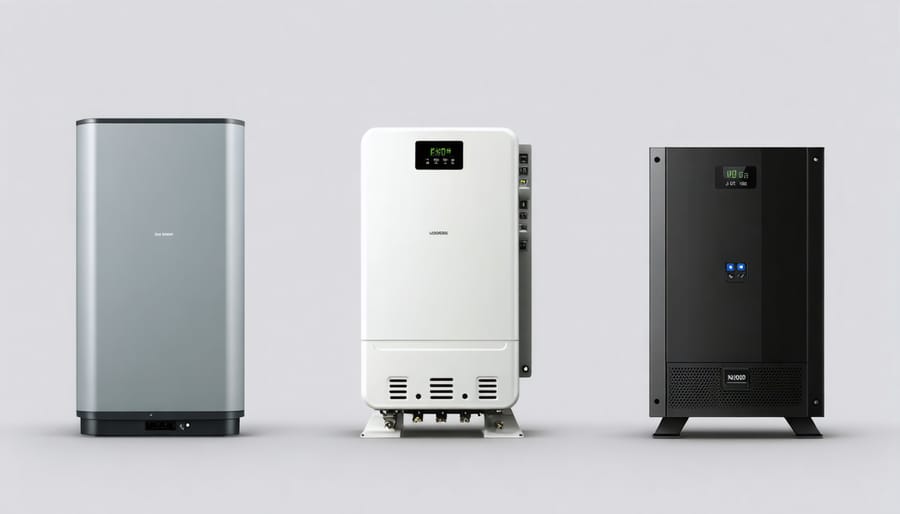
Popular Residential Solar Inverter Types
String Inverters: The Traditional Choice
For many years, string inverter systems have been the go-to choice for residential solar installations, and for good reason. These reliable workhorses of solar power conversion typically mount on your exterior wall or in your garage, converting DC power from your entire solar array into usable AC electricity for your home.
String inverters offer several compelling advantages. They’re generally the most cost-effective option, making them budget-friendly for homeowners just starting their solar journey. Their simple design means fewer components that could potentially fail, resulting in lower maintenance needs over time. Many models also come with built-in monitoring systems that let you track your solar production through user-friendly apps or web interfaces.
However, like any technology, string inverters have their limitations. Since panels are connected in series, the entire system’s performance can be affected if one panel is shaded or dirty. Think of it like old-style Christmas lights – when one bulb goes out, the whole string is impacted. They’re also less ideal for complex roof layouts or homes with partial shading throughout the day.
Despite these considerations, string inverters remain a solid choice for many homes, especially those with unshaded, south-facing roofs where panels can perform consistently throughout the day. Their proven track record and straightforward operation continue to make them a popular option in the residential solar market.
Microinverters: Maximum Performance for Every Panel
Microinverters represent the cutting edge of solar technology, offering a unique approach to converting solar energy by operating at the individual panel level. Unlike string inverters that handle multiple panels at once, microinverters are installed beneath each solar panel, allowing for independent power conversion and maximum energy harvest from every panel.
This panel-level conversion offers several key advantages. First, if one panel is shaded or dirty, it won’t affect the performance of other panels in your system. Each panel operates at its peak efficiency, potentially increasing your overall energy production by 5-15% compared to traditional string inverter systems.
Monitoring capabilities are another significant benefit. Microinverters provide detailed performance data for each individual panel, making it easier to identify and address any issues quickly. This level of insight helps maintain optimal system performance and ensures you’re getting the most from your solar investment.
While microinverters typically cost more upfront than string inverters, they often prove their worth through increased energy production and longer warranties, usually 25 years – matching the lifespan of your solar panels. They’re particularly valuable for homes with partial shade, complex roof designs, or those planning to expand their solar system in the future.
Additionally, microinverters eliminate the need for a single point of failure in your system, enhancing reliability and potentially reducing long-term maintenance costs. Their ability to optimize each panel’s performance makes them an excellent choice for homeowners seeking maximum energy production from their solar investment.
Power Optimizers: The Best of Both Worlds
Power optimizers represent an innovative middle ground in solar technology, combining the cost-effectiveness of string inverters with the performance benefits of microinverters. These smart devices attach to each solar panel, optimizing power output before sending it to a central string inverter.
This hybrid approach offers several advantages for homeowners. First, power optimizers compensate for panel-level issues like partial shading or debris accumulation, ensuring each panel performs at its peak regardless of surrounding conditions. If one panel underperforms, it won’t drag down the entire system’s output.
The system also provides detailed panel-level monitoring, allowing homeowners to track the performance of individual panels through user-friendly apps. This makes it easier to identify and address any maintenance needs quickly. Additionally, power optimizers include rapid shutdown capability, enhancing safety during emergencies or maintenance work.
While slightly more expensive than basic string inverter systems, power optimizers typically cost less than microinverters while delivering many of the same benefits. They’re particularly valuable for installations with complex roof layouts or partial shading issues.
For homeowners seeking reliable performance without breaking the bank, power optimizers deliver an excellent balance of efficiency, monitoring capabilities, and cost-effectiveness. This technology has become increasingly popular in residential solar installations, offering a practical solution that addresses both performance and budget considerations.
Making the Right Choice for Your Home
Roof Configuration and Shading
Your roof’s configuration and shading patterns play a crucial role in choosing the right solar inverter for your home. When parts of your solar array receive different amounts of sunlight throughout the day, it can significantly impact your system’s overall performance.
Single-story homes with simple, unobstructed roof layouts might benefit from a string inverter’s simplicity and cost-effectiveness. However, if your roof has multiple angles, dormers, or experiences partial shading from trees or nearby structures, microinverters or power optimizers are often the better choice.
These module-level power electronics can maximize energy production even when some panels are shaded or positioned at different angles. Each panel operates independently, ensuring that shading on one panel doesn’t affect the performance of others in the array.
Consider these factors when evaluating your roof:
– Direction and angle of different roof sections
– Presence of nearby trees or buildings that cast shadows
– Seasonal changes in sun exposure
– Future landscaping or construction plans
– Potential for system expansion
Working with a qualified solar installer can help you analyze your roof’s specific characteristics and recommend the most suitable inverter type. They can use advanced modeling tools to predict shading patterns throughout the year and design a system that maximizes your solar investment despite any site limitations.
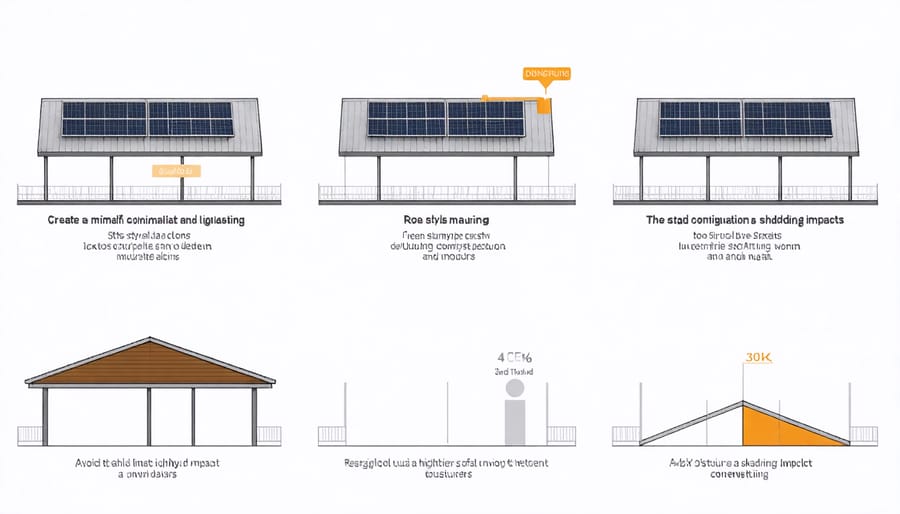
Budget Considerations
When considering a residential solar inverter, initial costs typically range from $1,000 to $3,000 for a string inverter, while microinverters can cost between $2,000 and $4,000 for a typical home installation. However, it’s essential to look beyond the upfront price tag and consider the long-term value proposition.
String inverters generally offer the most budget-friendly initial investment, making them attractive for homeowners with straightforward installations and limited shading issues. Microinverters, while more expensive upfront, often provide better energy harvest over time and come with longer warranties, typically 20-25 years compared to 10-12 years for string inverters.
The return on investment (ROI) varies depending on several factors. Higher efficiency ratings can lead to increased energy production, potentially saving hundreds of dollars annually on electricity bills. Additionally, many inverter manufacturers offer monitoring systems that help optimize performance and identify issues early, preventing costly maintenance problems.
When calculating total costs, consider these key factors:
– Installation expenses (usually included in total solar system cost)
– Warranty duration and coverage
– Potential maintenance costs
– Energy optimization capabilities
– System longevity
– Future expansion possibilities
Many homeowners find that investing in a higher-quality inverter pays off through improved system reliability and enhanced energy production. Federal tax incentives and local rebates can also help offset initial costs, making premium inverter options more accessible. Remember that choosing the right inverter is crucial for maximizing your solar investment’s long-term value.
Future-Proofing Your Investment
When investing in a solar inverter system, it’s crucial to think beyond your current needs and consider future expansion possibilities. As your energy consumption patterns change or you decide to add more solar panels, having a scalable system becomes invaluable. Modern inverters often come with the flexibility to accommodate additional solar panels, making them an excellent choice for homeowners who want to start small and grow their system over time.
Battery storage compatibility is another vital consideration when essential facts about solar installation come into play. Many homeowners initially install solar panels without batteries but later want to add energy storage to their system. Choosing an inverter that’s battery-ready from the start can save you significant costs and hassle down the line. Look for hybrid inverters or those with built-in battery compatibility to ensure your system can evolve with your needs.
Smart technology integration is becoming increasingly important in solar systems. Modern inverters often come with sophisticated monitoring capabilities and can connect to home energy management systems. These features allow you to track performance, optimize energy usage, and even participate in grid services programs that may become available in your area.
Consider also the warranty period and manufacturer’s track record when selecting your inverter. While most quality inverters come with 10-year warranties, some manufacturers offer extended coverage options. This long-term protection, combined with a reputation for reliability and good customer support, helps ensure your investment remains valuable for years to come.
Choosing the right solar inverter is a crucial step in creating an efficient and reliable home solar power system. As we’ve explored, these essential devices transform solar energy into usable electricity while providing monitoring capabilities and safety features that protect your investment.
Remember that the three main types – string inverters, microinverters, and power optimizers – each offer unique advantages. String inverters provide a cost-effective solution for uncomplicated roof layouts, while microinverters and power optimizers excel in challenging installations and maximize energy production from each panel.
When selecting your inverter, consider key factors such as your roof configuration, shade conditions, budget, and future expansion plans. Don’t forget to evaluate warranty terms and the manufacturer’s reputation for reliability and customer support.
To get started with your solar journey, we recommend:
– Getting quotes from multiple certified solar installers
– Comparing different inverter options specific to your home
– Reviewing warranty terms carefully
– Checking local regulations and utility requirements
– Considering future needs, such as battery storage integration
With the right solar inverter in place, you’ll be well-equipped to harness clean, renewable energy while potentially saving thousands on your electricity bills over time. The technology continues to improve, making now an excellent time to invest in solar power for your home.

